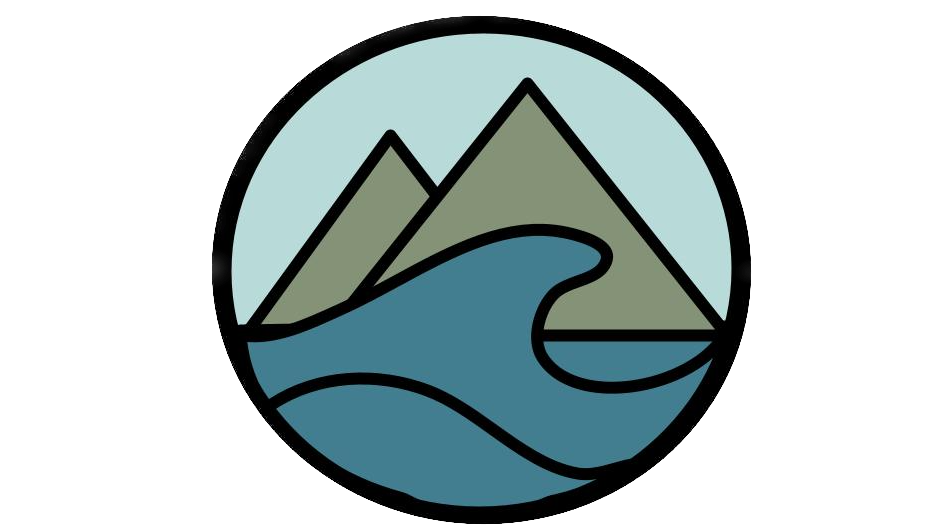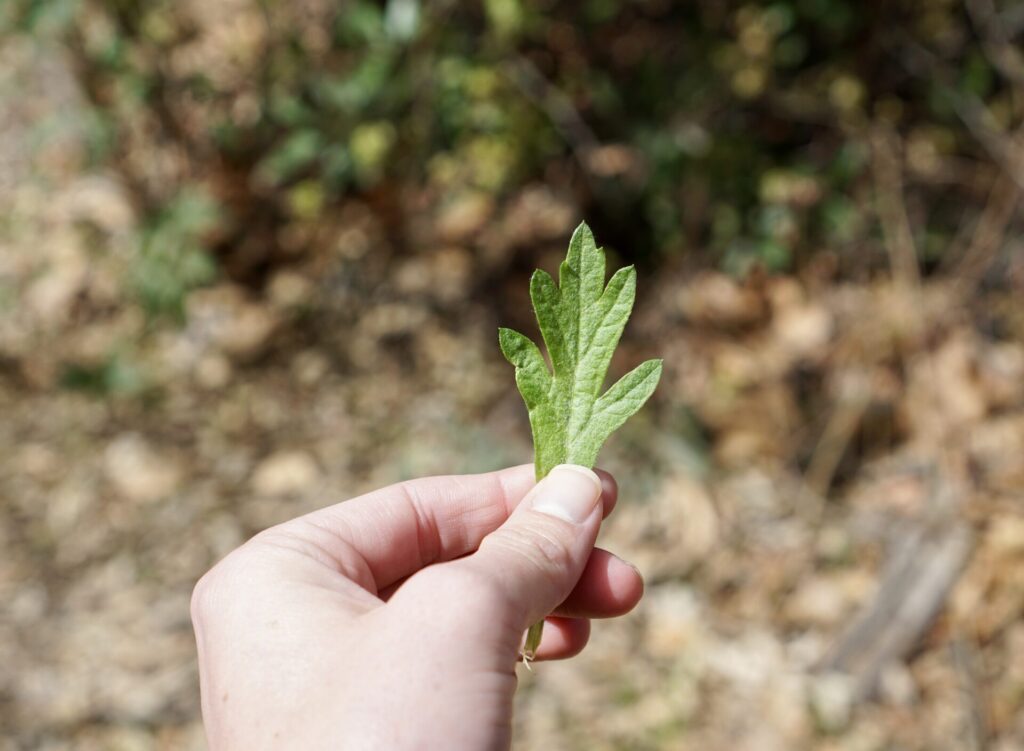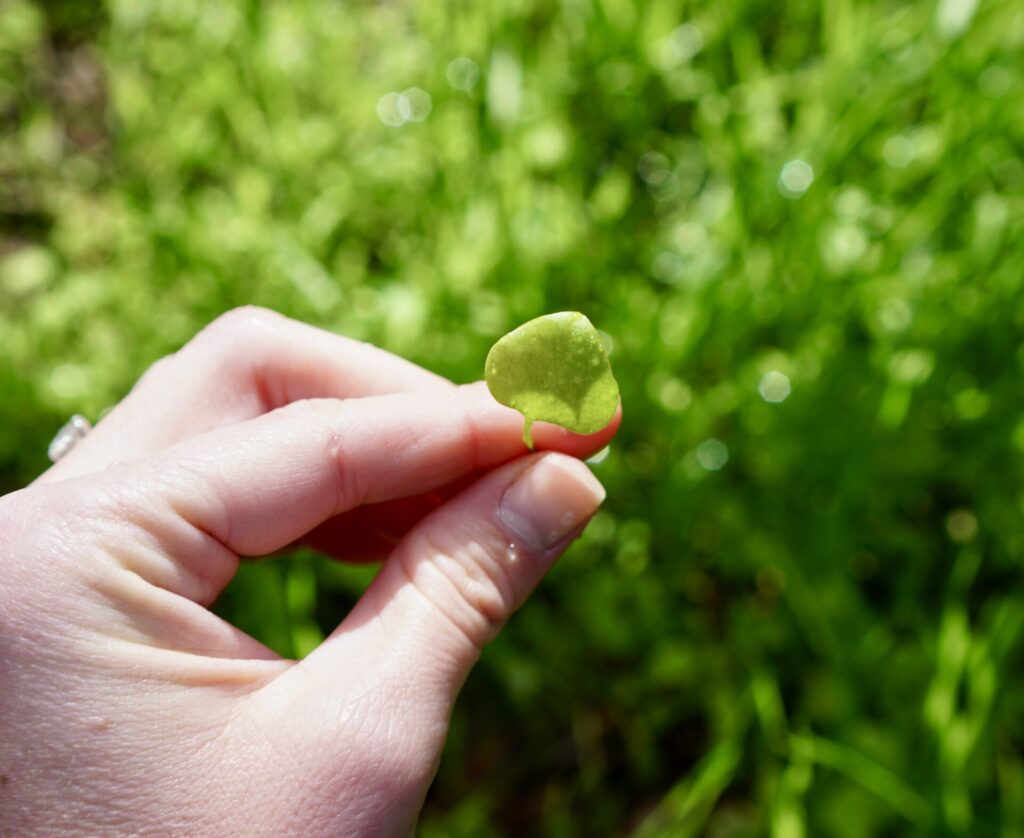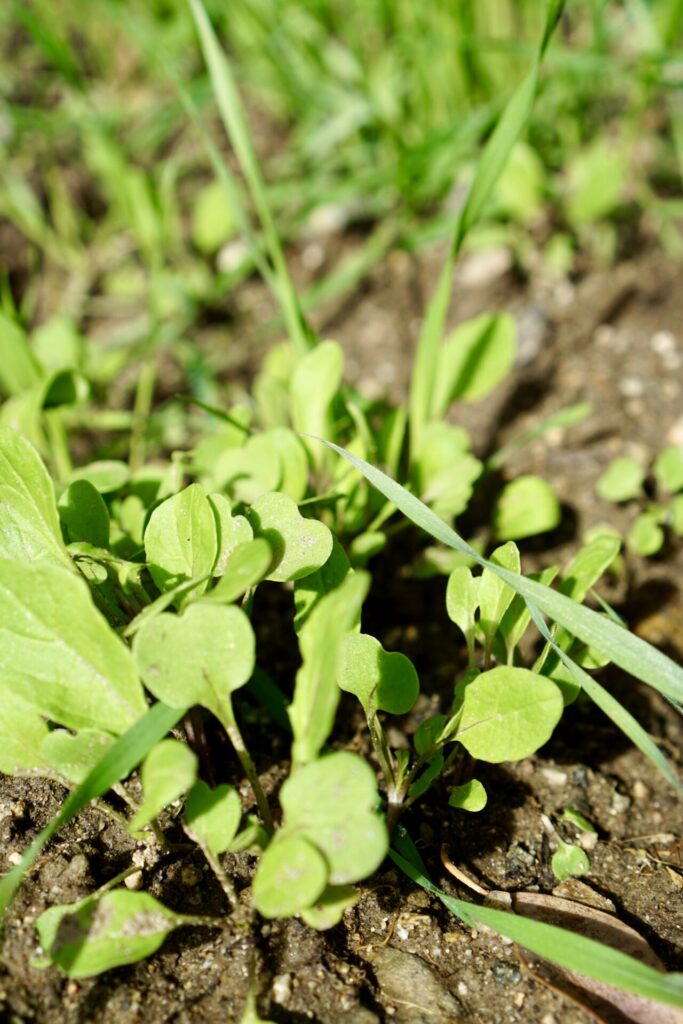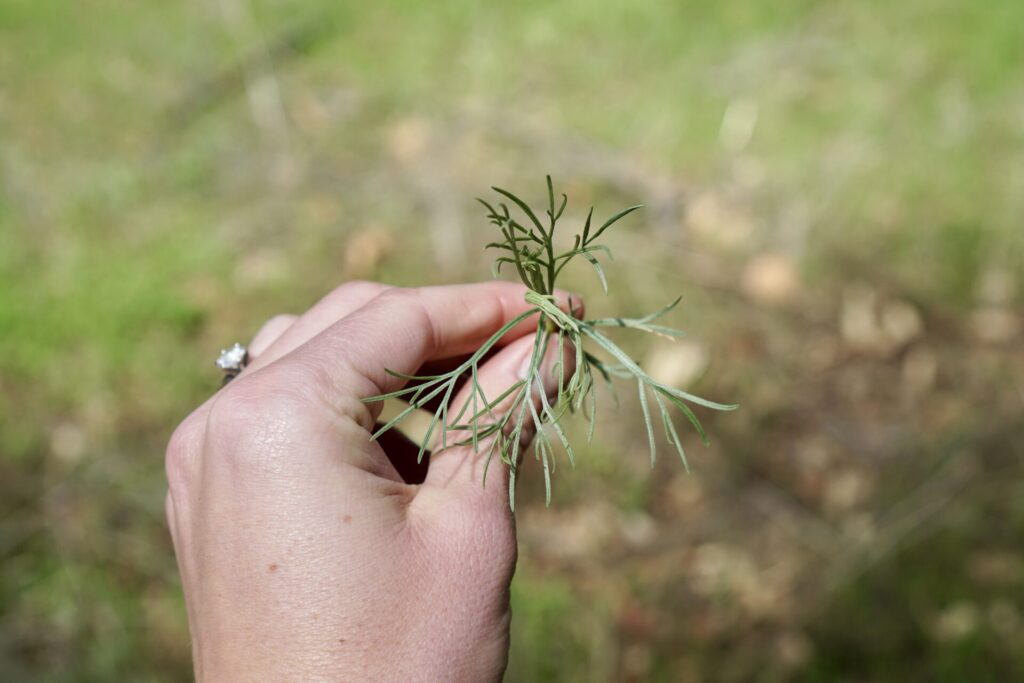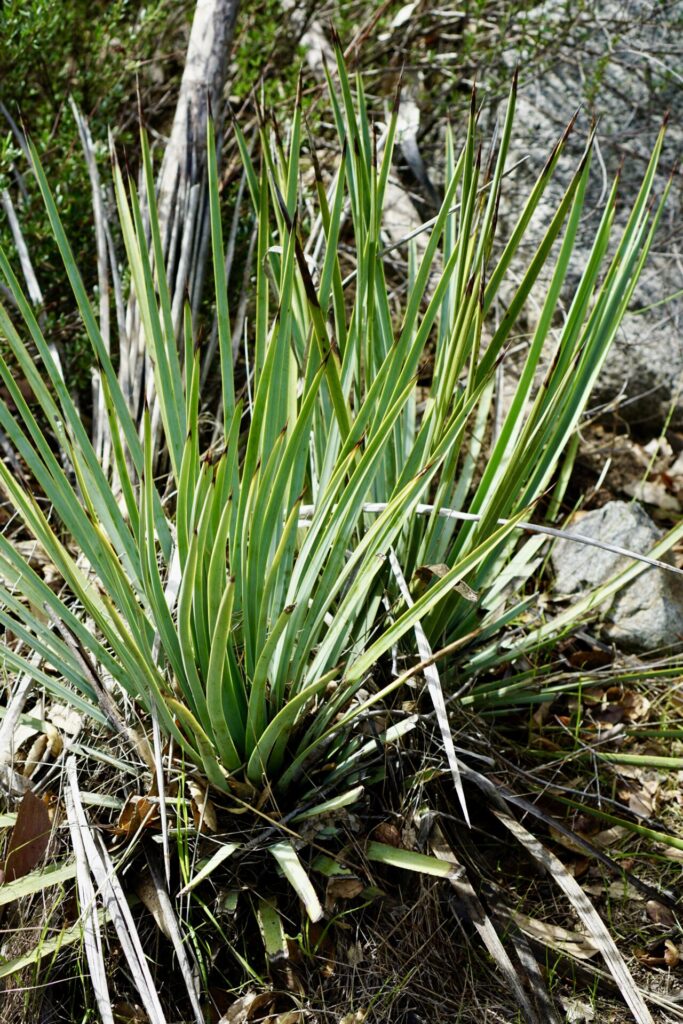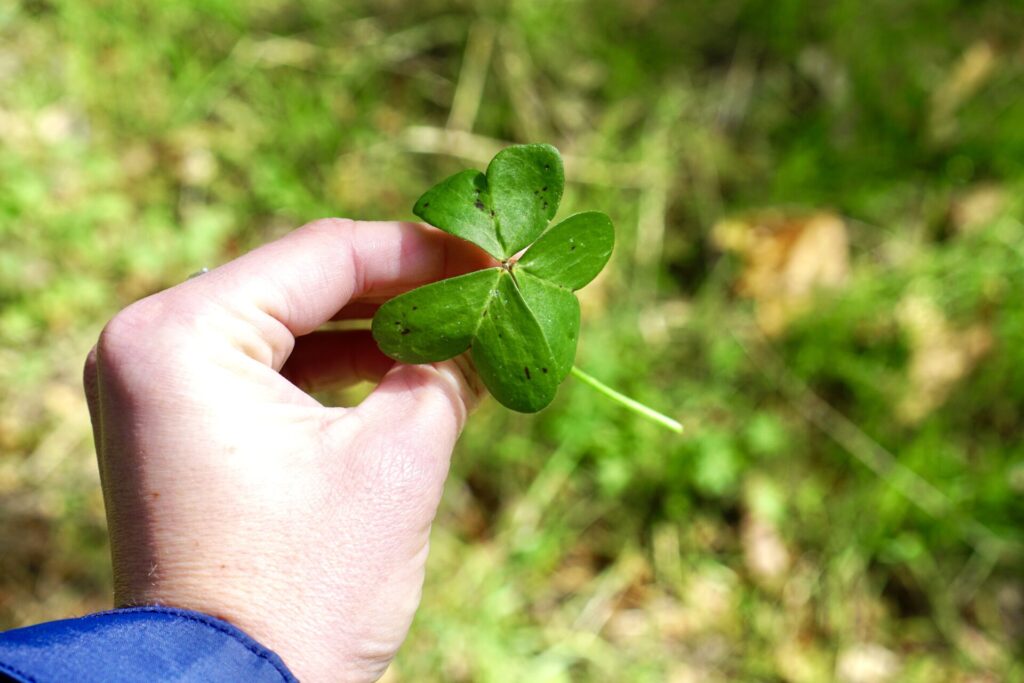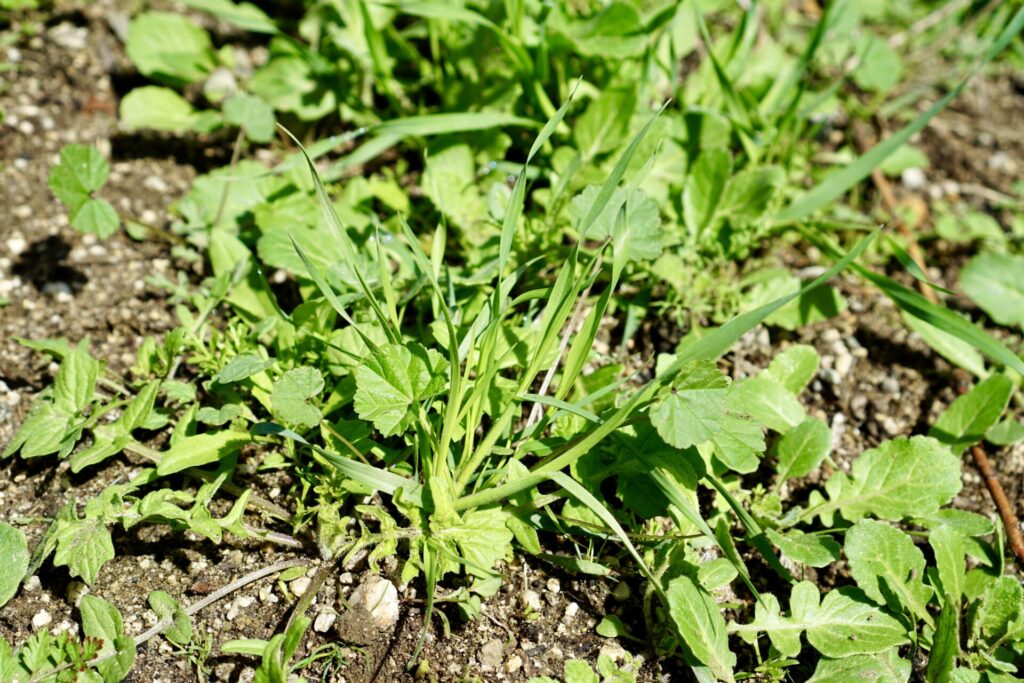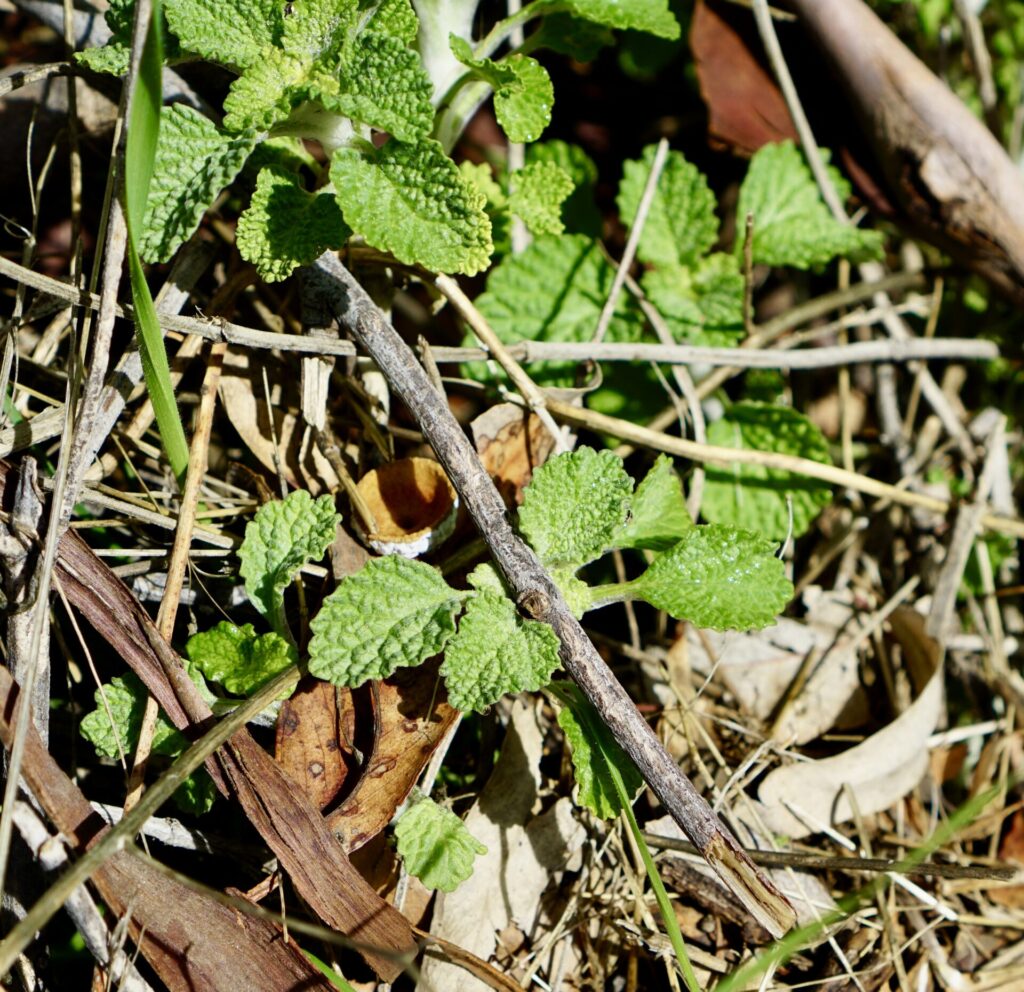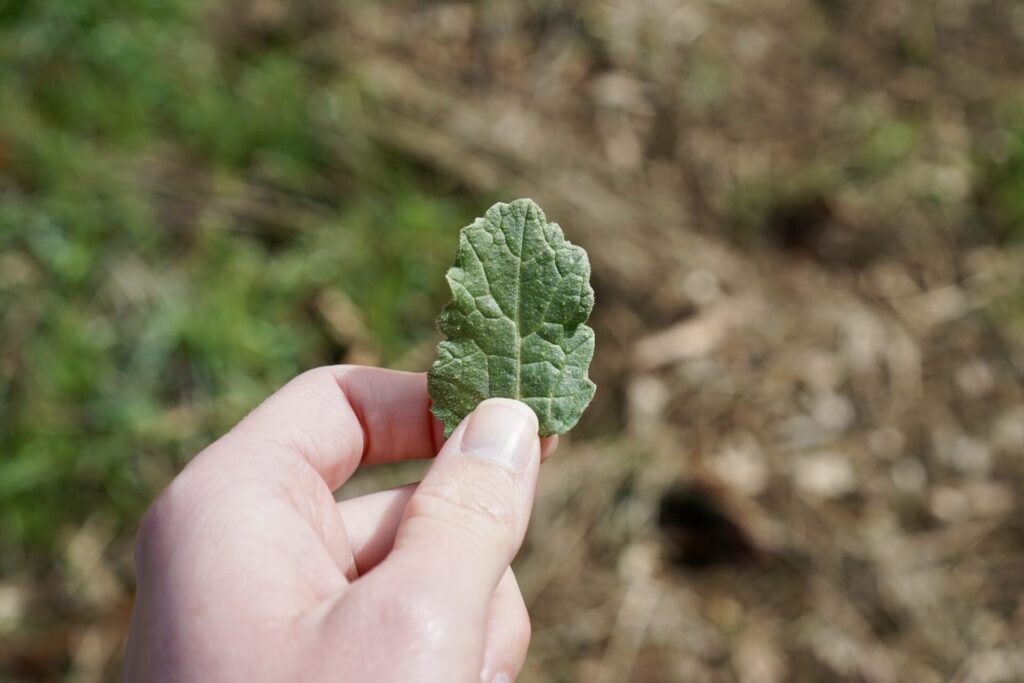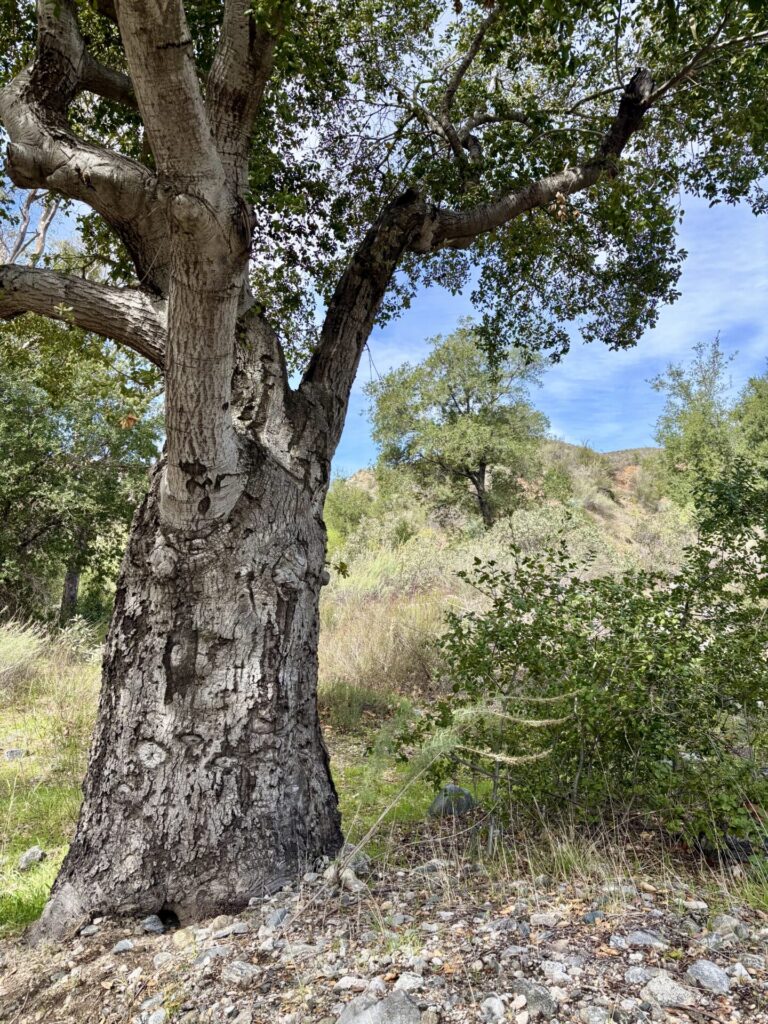Imagine seeing your surroundings in a whole new way—not just as a scenic terrain, but as a natural grocery store filled with flavors, history, and unexpected ingredients. We went on a foraging adventure in Sylmar, CA. Led by “culinary alchemist” Pascal Baudar, we learned how to identify wild edible plants and transform them into delicious meals.
Whether you’re a foodie, a nature lover, or just curious about foraging, this adventure has something for those who wish to connect with plants in a deeper way.
Destination Insights

Sylmar, CA is a gateway to outdoor adventure, offering expansive green spaces and proximity to the Angeles National Forest.
History
Sylmar, CA was once covered in vast olive groves, giving it the nickname “The Sea of Olives.” Today, it’s a blend of suburban living and rugged wilderness, making it an ideal spot for those looking to escape the city’s hustle without going too far.
Weather
Southern California’s Mediterranean climate makes foraging possible year-round. We visited in mid-March during spring and were rewarded with an abundance of fresh greens! Different seasons offer different plants – summer yields berries, fall is the prime time for acorns and seeds, and winter brings hearty greens and cold-weather herbs. However, weather patterns like drought, heavy rainfall, and wildfires shape plant growth. Knowing what’s in season and adapting to conditions is key to a successful foraging trip.
Travel Guide
Day 1
| Time | Activity |
|---|---|
| Morning | • Roadtrip (1.5 hours): Long Beach, CA to Sylmar, CA • Foraging hike (2 hours): Wandering through the Angeles Forest, identifying wild edibles, and learning their uses. |
| Afternoon | • Picnic Lunch (1 hour): A spread featuring our foraged finds. Our favorites included fresh salad, hummus, vegan cheese, kimchi, pears drizzled with acorn molasses, acorn bread, and a refreshing mountain infusion drink. • Roadtrip (1.5 hours): Sylmar, CA to Long Beach, CA |
Next Time Must Do’s
Would love to hike the 4.5 mile Oak Springs Trail. Additionally, would like check out edible plants at nearby nurseries, like Silva Wholesale Nursery, and take them home to grow in the backyard. Basically, anything and everything with plants!
Foraging Insights
Foraging has been a fundamental survival skill for thousands of years, providing food, medicine, and materials for countless cultures. Today, it offers a way to reconnect with nature and reduce dependence on industrial food systems.
Many of the plants considered “weeds” in Southern California are actually highly nutritious and were once staple crops in other cultures. Instead of uprooting and discarding these plants, foraging allows us to embrace them as valuable resources. The best part? 85% of flowering plants in Southern California can be used for food or medicine1 —meaning nature is on our side!
As we explored Sylmar, we learned about wild plants with surprising uses:2
Gathering wild plants is only part of the process—knowing how to store and use them ensures nothing goes to waste. Traditional preservation techniques, like drying, fermenting, and pickling, help extend the life of foraged foods.3-5 Even basics like salt and sugar can be sourced from nature:
- Salt: Harvested from ocean water or desert deposits, essential for lacto-fermentation.
- Sugar: Derived from tree sap, fruits, honey, and even the unusual “sugar poop” lerps from eucalyptus trees.
Foraging is a mix of adventure, history, and practicality—learning not just what to pick, but how to make the most of what nature provides.
Wilderness Wisdom
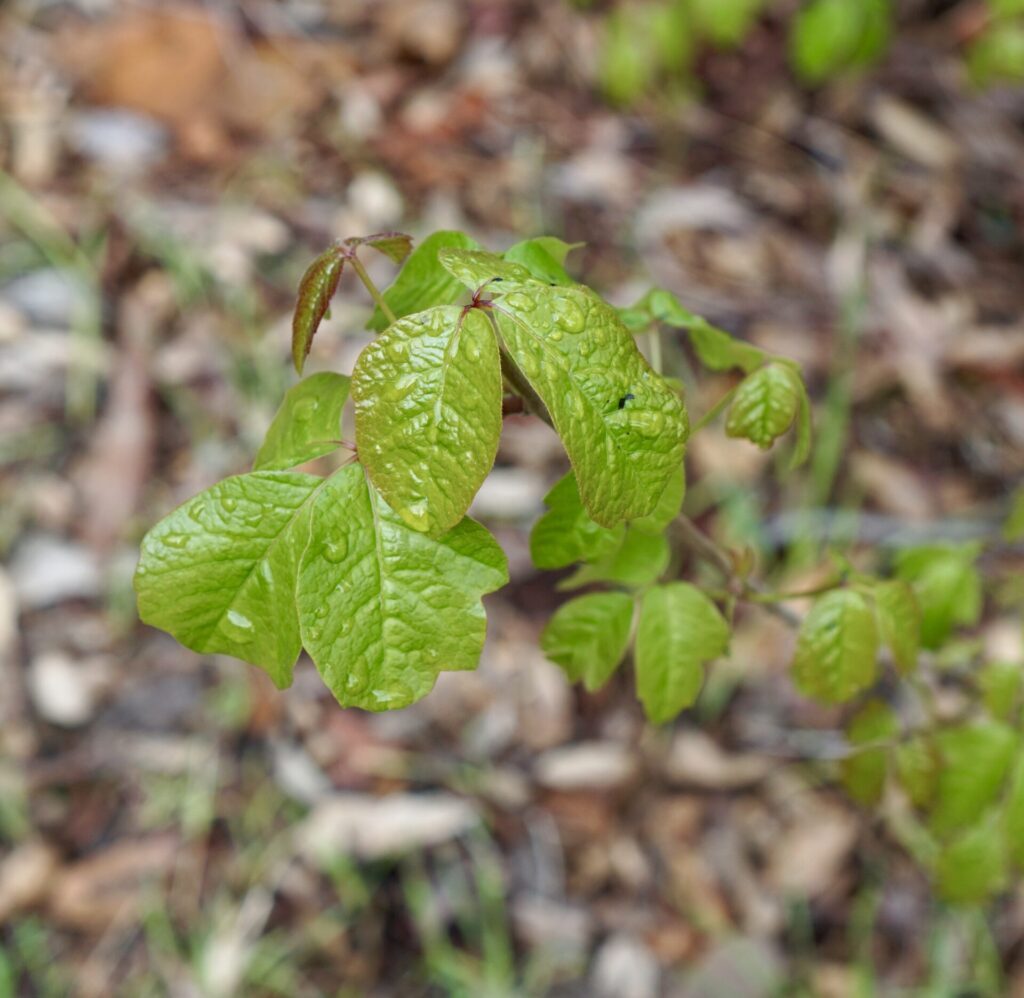
Poison oak (Toxicodendron diversilobum) is one of the most common plant hazards in the wild, thriving in forests, grasslands, and along trails where the leaves blend seamlessly with surrounding vegetation. The toxic oil, urushiol, binds to the skin on contact, triggering an allergic reaction that can cause intense itching, inflammation, and blistering. And even worse, urushiol lingers on clothing, gear, and even pet fur, making indirect exposure just as risky as direct contact. Washing the affected area with soap and water as soon as possible can help minimize the reaction.
The best way to avoid a painful rash? Know what to look for. A simple rule to remember is “leaves of three, let it be”—distinct clusters of three leaflets shift colors with the seasons, from bright green in spring to fiery reds and oranges in fall.
Wearing long pants and closed-toe shoes while hiking or foraging in areas where poison oak grows adds an extra layer of protection. Staying aware and taking precautions can help prevent an unpleasant encounter with this notorious plant.
Trailside Ties
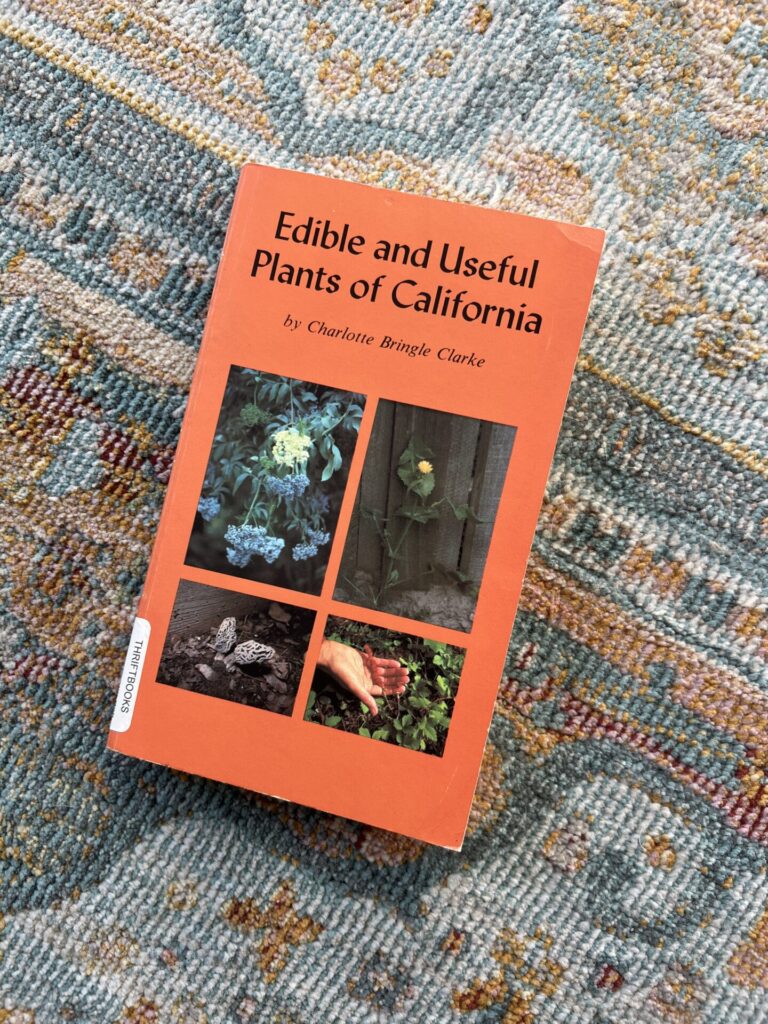
One of our favorite parts of our foraging adventure was the camaraderie—swapping tips, tasting new flavors, and geeking out over wild edibles together. Afterwards, we rushed home to dive into Edible and Useful Plants of California, exploring how plants have been used for food, medicine, and everyday needs for centuries. The blend of hands-on experience and insightful plant guide made our foraging journey enriching and rewarding.
Photo Journal
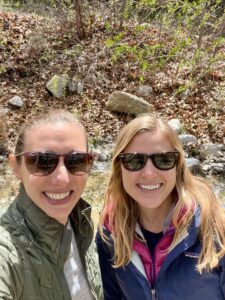

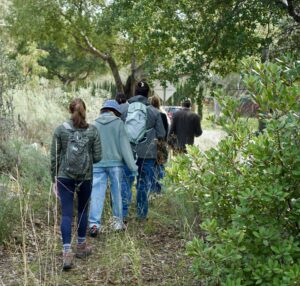
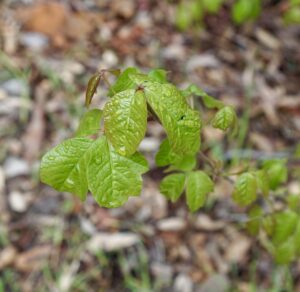
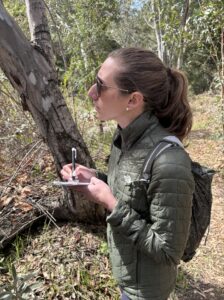

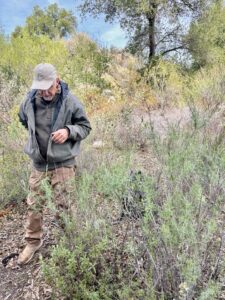
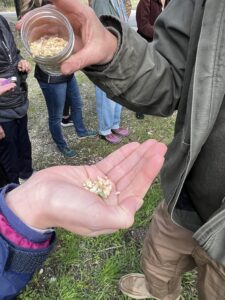
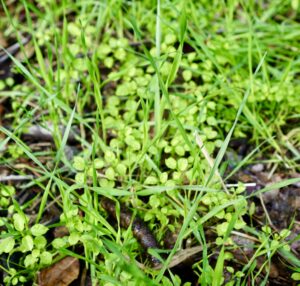
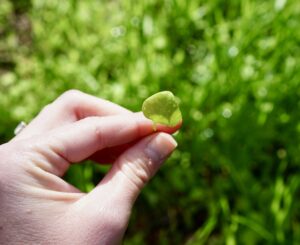
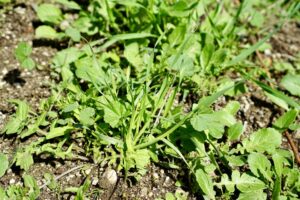
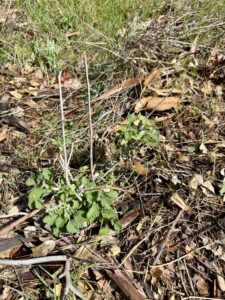
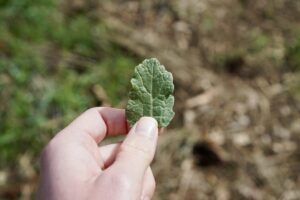
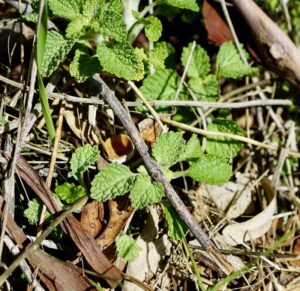
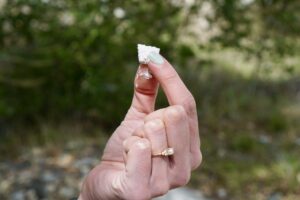


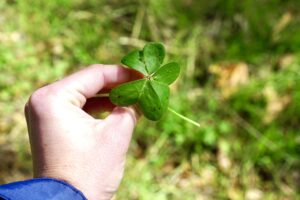
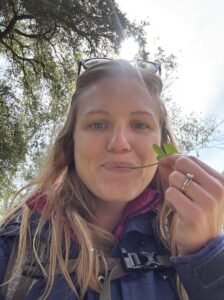
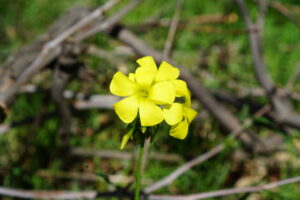
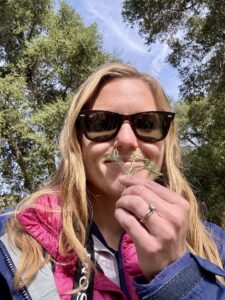
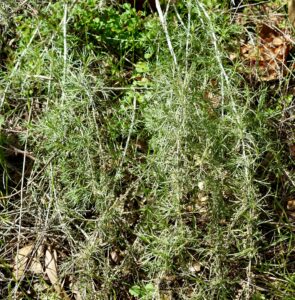
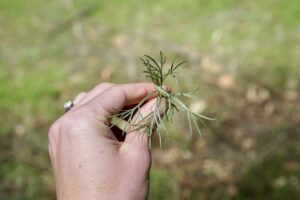
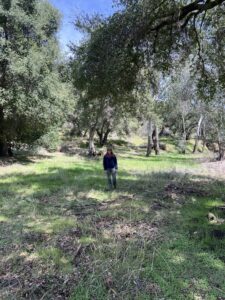
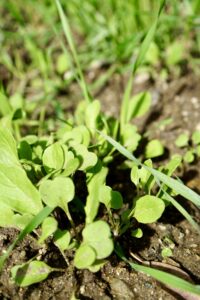
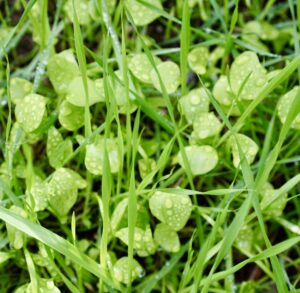
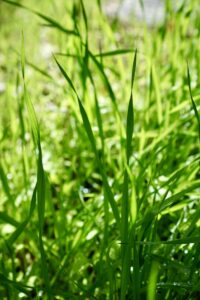
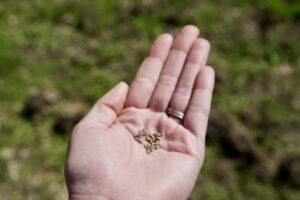
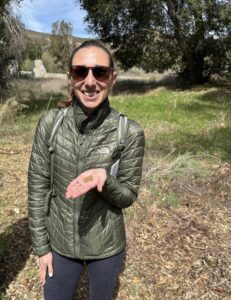
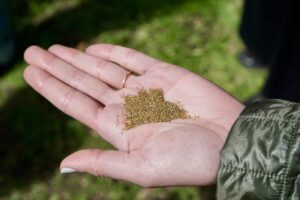
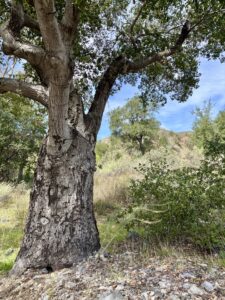
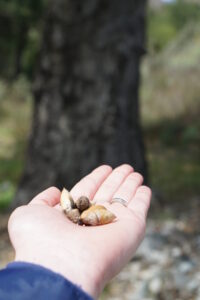
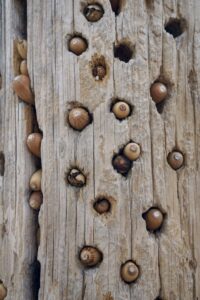
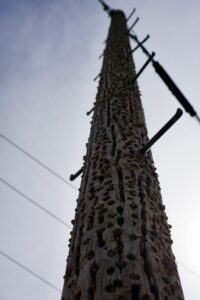
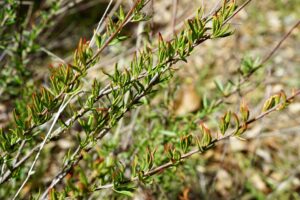
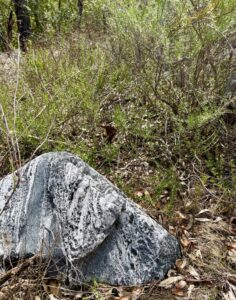
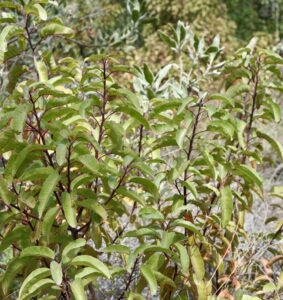
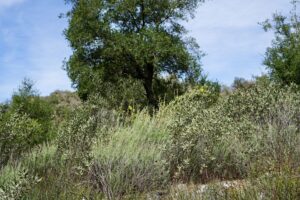
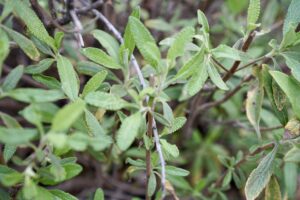
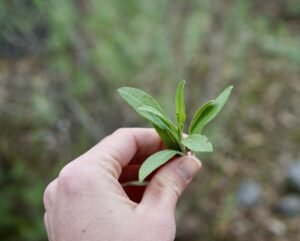
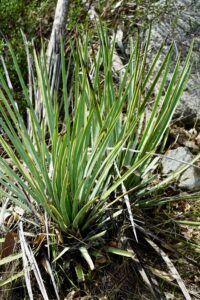
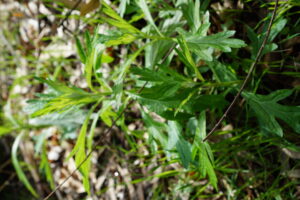
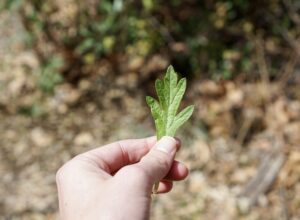
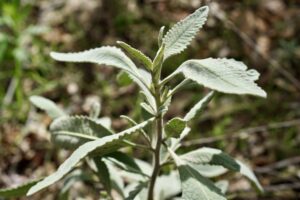
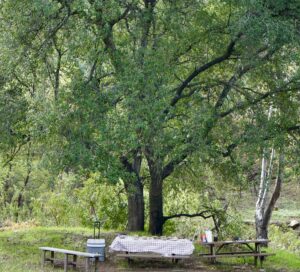
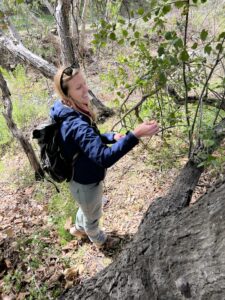

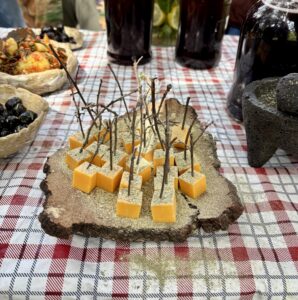
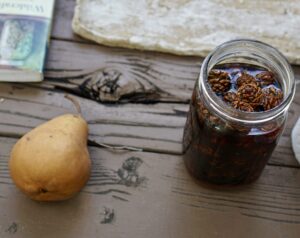
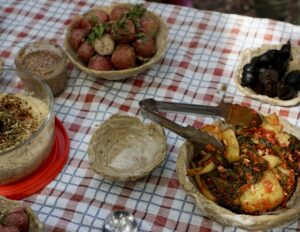
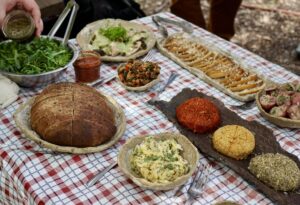
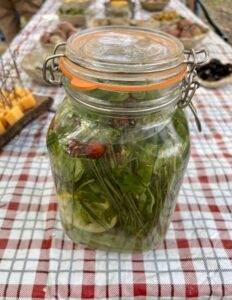
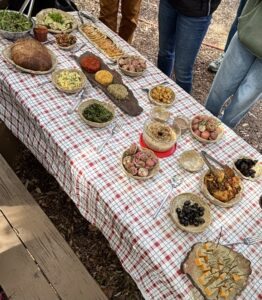
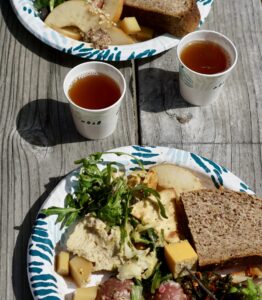
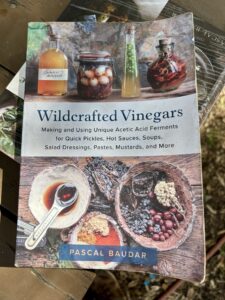
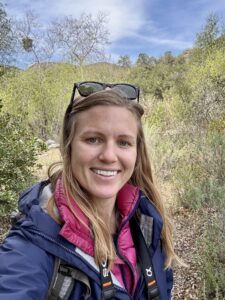
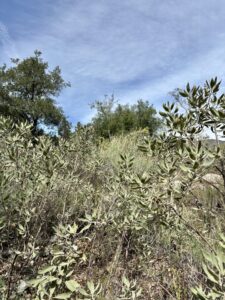
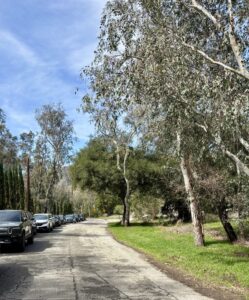
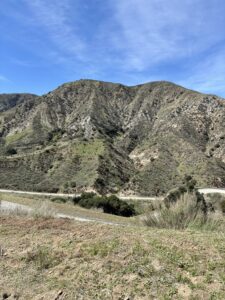

Summary
Our foraging adventure in Sylmar, CA wasn’t just about finding wild food—it was about seeing the land through a new lens. We explored how to recognize food sources beyond grocery stores, uncovering the hidden value of plants often dismissed as weeds. This hands-on experience reinforced the importance of sustainable harvesting and deepened our connection to nature. Most importantly, it encouraged us to slow down, be present, and appreciate the abundance that surrounds us every day. Whether you’re a curious newbie or a seasoned forager, this adventure invites you to become more mindful and aware of the natural world—one plant at a time.
References
- Fuller, T. and McClintock E. (1986) Poisonous Plants of California. University of California Press.
- Kane, C. (2010). Edible and Useful Plants of California. University of California Press.
- Barr, P. (2016). The New Wildcrafted Cuisine: Exploring the Exotic Gastronomy of Local Terroir. Chelsea Green Publishing.
- Katz, P. (2020). Wildcrafted Fermentation. Chelsea Green Publishing.
- Buhner, S. H. (2018). The Wildcrafting Brewer: Creating Unique Drinks and Boozy Concoctions from Nature’s Ingredients. Chelsea Green Publishing.
